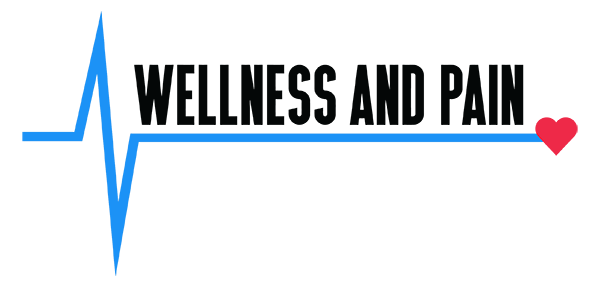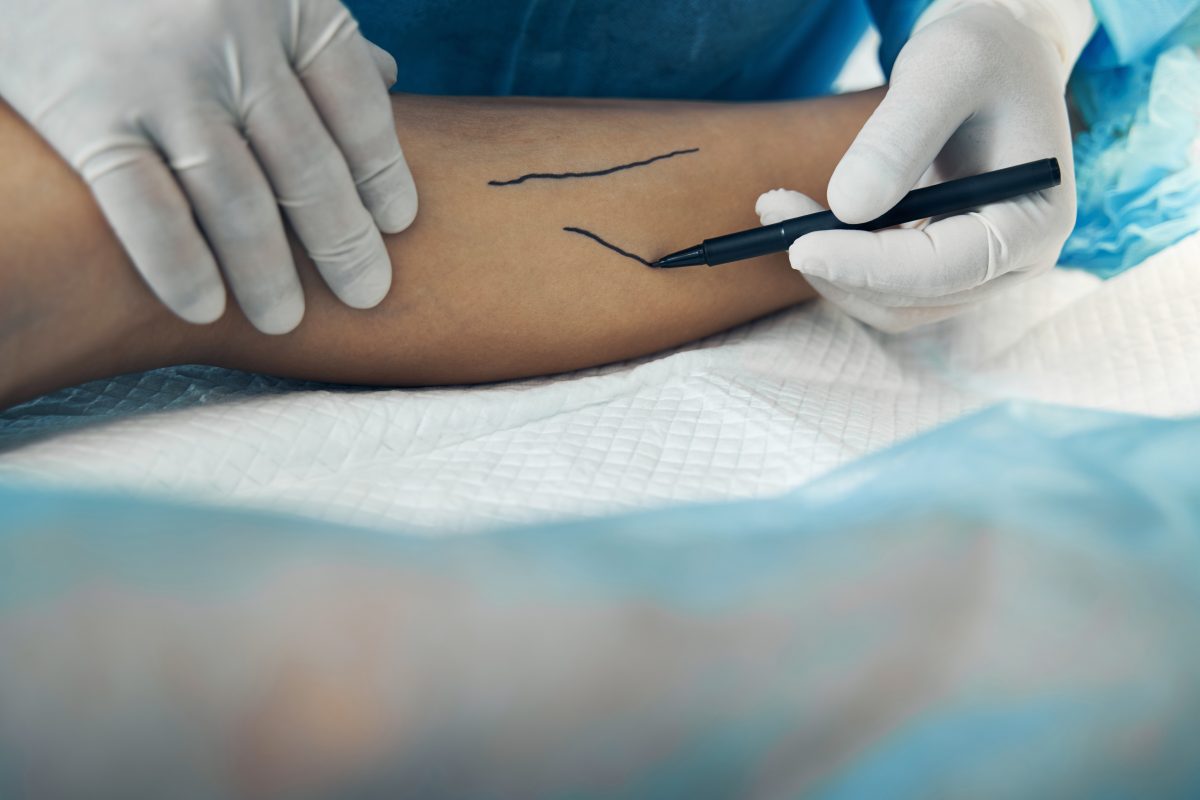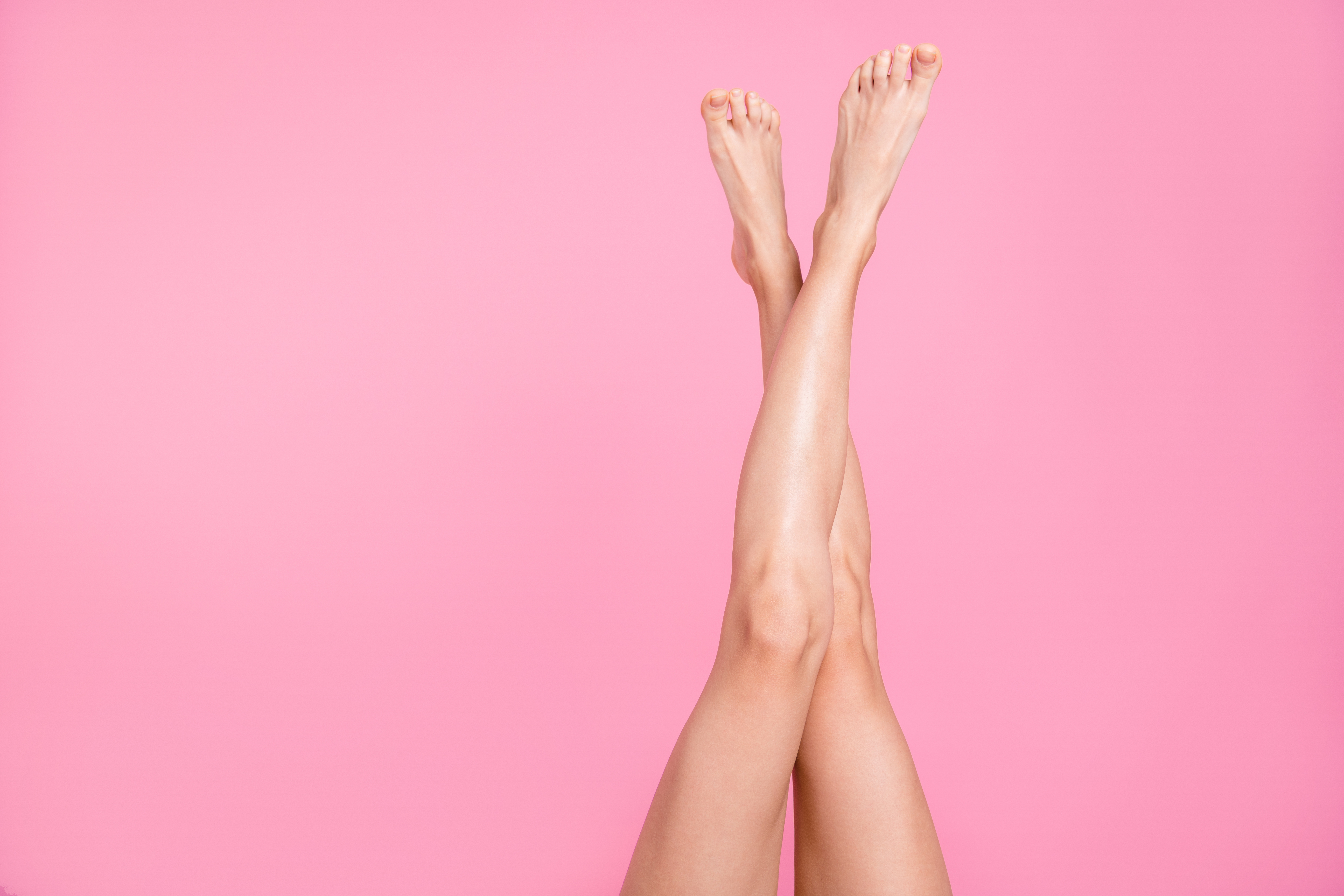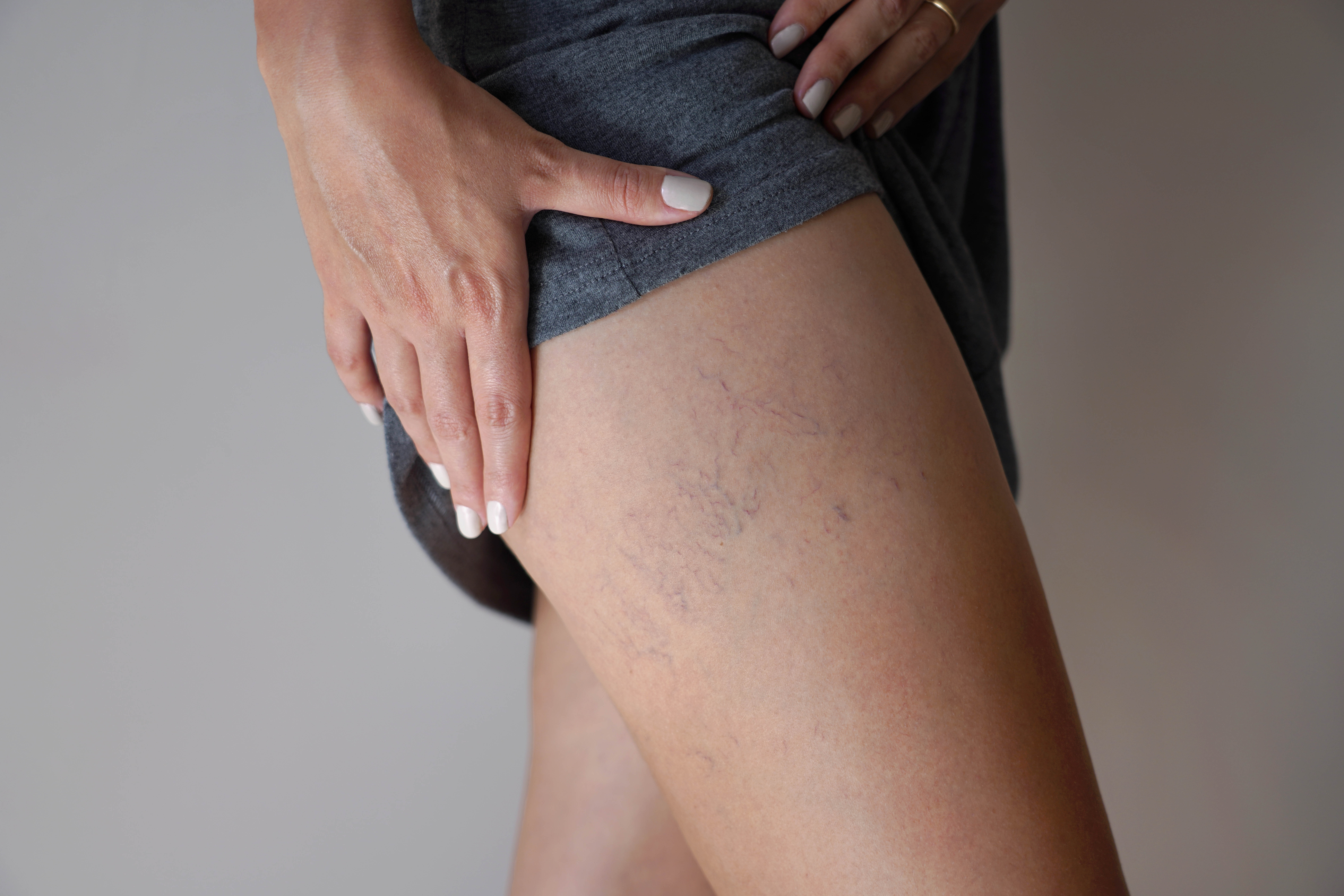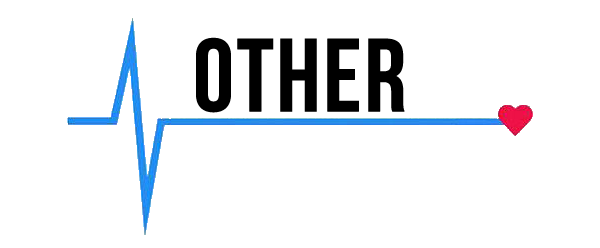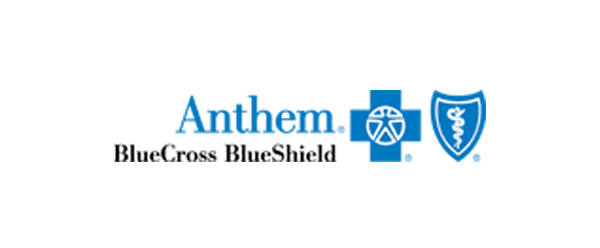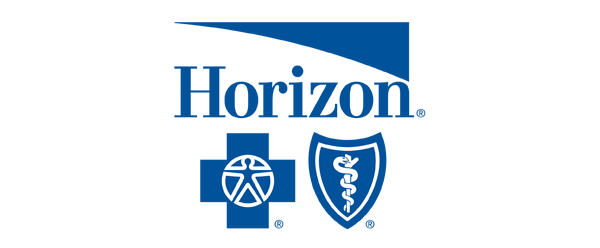Today’s leg vein removal treatments, such as laser ablation or radiofrequency ablation, offer major relief for women and men dealing with large varicose veins. Doctors favor these effective methods, with results showing treated veins close up approximately 97 percent of the time.
Specifically, some reviews focusing on radiofrequency ablation find there’s a 95 percent success rate for correcting varicose veins. These techniques address the root cause of the problem rather than just the symptoms, which significantly reduces the likelihood of treated veins recurring in the same area.
As a result, many patients experience lasting relief and improved leg health.
“Feet that always feel cold and a heaviness in the legs may be early signs of ‘leaky’ veins that can lead to visible varicose veins, a new study shows,” states Everyday Health. “Varicose veins are usually harmless, but for some people, they can lead to discomfort that impacts daily activities.”
Real-World Impact of Leg Vein Removal
Many patients notice significant improvements almost immediately after undergoing a leg vein removal, with some seeing their veins vanish at once, while for others, fading takes a few months. These treatments are minimally invasive, typically involving tiny incisions or no incisions at all.
Most patients report minimal pain during or after the procedure, leading to a fast recovery with rare scarring. Patients can usually return to their daily routines within a few days.
Real patient stories highlight the profound impact of these treatments. Some experience reduced pain, heaviness, and swelling. Some finally found relief from throbbing legs, allowing them to sleep soundly and easily bend their knees for activities like yoga.
Still, others describe their leg as fantastic, free of pain, and remarkably light. Such testimonials underscore the life-changing differences many experience.
Beyond physical relief, the cosmetic benefits are also significant. Patients are often thrilled with smoother-looking legs, with some even exclaiming they look 20 years younger. Many patients are particularly pleased that their results appear natural.
These aesthetic improvements boost confidence, allowing individuals to comfortably wear shorts and skirts, chase after children, enjoy golf and jogs, and dance without pain. Many women and men share that they can work full-time again and go for a walk, which they haven’t done for months or years. It’s almost as if a whole new life begins.
Patients also praise the quick recovery and the compassionate, skilled care provided by staff, emphasizing the comfortable and safe treatment experience. Compared to older surgical methods, these new procedures are superior due to less pain, fewer complications, minimal scarring, and faster healing times.
For many, choosing ablation is the clear and sensible choice.
Navigating Recovery: Understanding Temporary Side Effects
While leg vein removal typically yields positive outcomes and most people are happy with their results, satisfaction isn’t universal. Some individuals may experience worry if recovery brings unexpected side effects, if healing is slower than anticipated, or if discomfort lingers longer than expected.
In rare cases, the underlying condition may even continue to worsen after the procedure.
It’s common for patients to notice mild bruising or yellow skin patches immediately after ablation, which usually resolves within a few weeks. Pain near the treated area, a tight sensation in the limb, or ankle swelling are also very common.
Additionally, tingling or numbness close to the incision site might occur. These issues generally subside within two to four weeks for most.
However, if these potential side effects aren’t discussed beforehand, anxiety can quickly arise. Some patients share that their disappointment and regret when bruising after surgery was far worse than imagined, wishing their surgeon had provided clearer expectations.
An open and honest conversation about the healing process can significantly impact your experience. Setting realistic expectations helps alleviate stress and frustration.
Sharing real patient stories or providing a platform for individuals to discuss their past experiences can also better prepare everyone for recovery, minimizing unwelcome surprises.
Leg Vein Removal: Sclerotherapy vs. Vein Ablation
If you want smoother-looking legs, you should first talk to a vein doctor about leg vein removal. Vein ablation fixes problems deeper in the leg, which can stop new varicose veins.
Sclerotherapy works on the veins you can see, and many people get both. While ablation treats the big veins first, sclerotherapy can take care of the tiny ones left behind.
This mix gives results that stick around:
| Feature |
Sclerotherapy |
Vein Ablation (Radiofrequency or Laser) |
| Primary Goal |
Cosmetic improvement of visible veins (spider veins, small to medium varicose veins). Can also alleviate symptoms like aching. |
Primarily treats larger varicose veins and underlying venous insufficiency, which often results in significant cosmetic improvement. Can also alleviate symptoms like pain, heaviness, and swelling. |
| Vein Size Treated |
Most effective for smaller veins, such as spider veins and small to medium varicose veins. Less effective for larger, deeper varicose veins. |
Ideal for larger varicose veins and those causing chronic venous insufficiency. Not typically used for very small spider veins. |
| Mechanism |
Involves injecting a sclerosant solution (liquid or foam) directly into the affected vein. The solution irritates the vein lining, causing it to collapse, scar, and eventually fade as the body reabsorbs it. |
Uses heat energy (radiofrequency or laser) delivered via a catheter inserted into the vein. The heat causes the vein walls to collapse and seal shut, diverting blood flow to healthy veins. The treated vein eventually scars down and is absorbed by the body. |
| Procedure Details |
– Minimally invasive, in-office procedure. – No anesthesia typically required, though some mild discomfort or stinging may be felt. – Takes 15-45 minutes per session. – Multiple sessions may be needed (weeks or months apart) for optimal results, especially for larger areas or veins. |
– Minimally invasive, often outpatient procedure. – Local anesthesia is used. – A small incision is made to insert a catheter. – Takes 45 minutes to 1 hour. – Usually one session is sufficient for the treated vein, but additional treatments like sclerotherapy may be needed for residual smaller veins. |
| Effectiveness for Leg Beautification |
Highly effective for eliminating spider veins and small varicose veins, leading to clearer-looking legs. Results typically visible within 3-6 weeks for spider veins, 3-4 months for larger veins. Success rates generally high (50-80% of injected veins disappearing per session). |
Highly effective at closing larger problematic veins, significantly improving the appearance of bulging varicose veins. Most treated veins are effectively invisible within 12 months. Often addresses the root cause of the varicose veins, preventing recurrence in the treated vein. |
| Potential Side Effects |
– Temporary bruising, swelling, redness, itching, pain, or cramping at injection site. – Skin discoloration (hyperpigmentation) which usually fades but can be long-lasting in some cases. – Rarely: skin ulceration, tissue necrosis, allergic reactions, temporary visual disturbances, or deep vein thrombosis (DVT). |
– Bruising, tenderness, and mild discomfort in the treated leg for a few weeks. – Numbness (due to nerve irritation), though often temporary. – Rarely: skin burns, infection, or deep vein thrombosis (DVT). |
| Best For |
– Spider veins. – Small to medium varicose veins. – Patients seeking a non-surgical, quick, and relatively inexpensive option for surface vein concerns. – As an adjunctive treatment after vein ablation for residual smaller veins. |
– Larger, bulging varicose veins. – Patients with symptoms related to venous insufficiency (pain, swelling, heaviness). – Patients looking for a highly effective, often one-time treatment for significant vein problems. |
Addressing Concerns Through Complications and Recurrence
While leg vein removal and ablation is effective for most, some patients may encounter persistent issues.
One such concern is hyperpigmentation, characterized by brown marks on the skin, which can linger for months or, very rarely, become permanent. This often results from inflammation or minor blood leakage into tissues near the treated vein and is more common in individuals with darker skin tones or slower healing.
Additionally, some patients experience numbness, tingling, or increased sensitivity near the treated area, as nerves are located close to veins. These sensations typically resolve within a few months, though in rare cases where a nerve is affected by heat, symptoms might persist indefinitely.
Vein recanalization, where the closed vein reopens, is another infrequent problem, usually occurring within the first year. This can lead to a return of old symptoms and may necessitate further treatment; however, radiofrequency ablation has a low recanalization rate, approximately 3 percent.
It’s important to understand that treating one vein doesn’t prevent new varicose veins from developing elsewhere, as venous disease is often progressive. Studies indicate that 20-30 percent of people may develop new varicose veins within three to five years due to valve failure in different veins, not because the initial treated vein reopened. Thus, while ablation addresses current issues, it cannot prevent future ones.
A very small percentage of patients, about 1 to 2 percent, may develop a deep vein blood clot after the procedure, with symptoms like pain, swelling, or redness in the calf appearing days or weeks later. Wearing compression stockings and engaging in short walks significantly reduces this risk.
Nevertheless, this rare side effect requires immediate medical attention if it occurs, and consistent follow-up care is crucial for monitoring progress.
Sclerotherapy Leg Vein Removal: Precision for Spider Veins
Sclerotherapy leg vein removal is a leading and trusted choice for treating spider veins, boasting a strong track record and FDA approval. Studies consistently show its effectiveness, with success rates ranging from 80-95 percent for treated veins. Many patients experience significant improvement after just one session, with half or more of their targeted veins visibly disappearing.
One advantage of sclerotherapy is the ease of the procedure. It’s non-surgical and most sessions conclude in under an hour.
This allows patients to conveniently fit appointments into their day, even during a lunch break, and return to their routine afterward. The treatment is performed in standard clinics, eliminating the need for heavy sedation. While some may experience a slight sting or mild cramping during injections, these sensations typically fade quickly.
The benefits extend beyond cosmetic improvements. Patients frequently report that their legs feel better after treatment, enhancing both comfort and confidence when wearing shorts or skirts.
For many, the positive impact on their daily life is as significant as the visible changes in the mirror.
Outcomes and What to Expect Post-Treatment
Sclerotherapy leg vein removal offers benefits that extend far beyond simply closing off veins. Patients often experience a significant reduction in pain and swelling, leading to healthier-looking legs.
Some patients see stubborn pooling and dark spots vanish and slow-healing ulcers also finally heal, with their legs feeling 10 pounds lighter. Similarly, many are amazed at the difference even for small veins, demonstrating how these real changes boost confidence. This renewed confidence can lead to people comfortably wearing shorts again or re-engaging in their favorite workouts.
While the feeling of improvement can last for years, results take time. Spider veins typically begin to fade within a few weeks, while larger veins require a few months for noticeable change, with many seeing the full benefit around six months.
The longevity of these results depends on factors like age, overall health, and adherence to aftercare, such as wearing compression stockings. It’s also worth noting that one treatment session isn’t always enough, and some patients may require several sessions to achieve the best outcome, with each step bringing them closer to healthier legs.
“In a randomized trial of treatments for varicose veins, disease-specific quality of life 5 years after treatment was better after laser ablation or surgery than after foam sclerotherapy,” states The New England Journal of Medicine.
Thermal and Non-Thermal Innovations in Leg Vein Removal
Leg vein removal ablation encompasses a group of straightforward procedures in which doctors use energy or specific chemicals to seal off unhealthy veins. The goal is to damage the inside of the faulty vein, causing it to permanently close.
Once closed, blood reroutes through healthier veins, and over time, the sealed vein shrinks and is safely absorbed by the body. These modern techniques have largely replaced traditional vein stripping surgery, with most patients finding them less painful and easier to tolerate.
Several types of vein ablation are commonly employed today. Endovenous Laser Ablation (EVLA), also known as EVLT, utilizes laser heat. During this procedure, a doctor inserts a thin fiber into the problematic vein, typically guided by ultrasound imaging.
As the laser is activated and the fiber is slowly withdrawn, the heat effectively closes the vein. EVLA is highly effective for larger varicose veins.
Another method is Radiofrequency Ablation (RFA), which uses energy from radio waves. A specialized catheter is inserted into the vein, applying heat to its walls to induce closure. Both EVLA and RFA are effective for large, malfunctioning veins, though many individuals find RFA less uncomfortable than EVLA due to its gentler heating mechanism.
“EVLA (endovenous laser ablation) with SA or BA (stent angioplasty or balloon angioplasty) relieved venous hypertension of the lower extremities,” according to a report in Nature. “When performed concurrently, stent implantation and EVLA is an effective strategy for treatment of symptomatic VVs and IVCS. For patients with longer life expectancy, BA and EVLA should be performed sequentially.”
Non-Thermal Methods in the Doctor’s Office
Beyond heat-based methods, some modern leg vein removal treatments entirely skip thermal energy.
ClariVein, for instance, employs a clever combination of mechanical rotation and a chemical sclerosant. A thin catheter is inserted into the faulty vein, where the device simultaneously scratches the vein walls and delivers a specialized liquid, causing the vein to seal shut.
This innovative approach eliminates the need for heat and tumescent anesthesia, which is a significant advantage for patients concerned about potential side effects.
Medical adhesives offer another novel approach, with systems like VenaSeal using a safe form of cyanoacrylate (medical glue). A small drop of this adhesive permanently seals the vein, without any burning or chemical reaction.
This process is quiet and straightforward, resulting in less hassle for the patient and often viewed as a gentle option with minimal risk or discomfort.
These non-thermal treatments are typically performed right in the doctor’s office, with local anesthesia ensuring comfort. Most patients remain awake throughout the procedure, and ultrasound guidance helps the doctor precisely position the catheter or needle, ensuring both safety and effective results.
Leg Vein Removal: Global Prevalence and Risk Factors
Chronic vein problems are far from rare, with varicose veins affecting up to 30 percent of individuals globally and one in four adults in the United States, leading to leg vein removal. As you factor in conditions like spider veins and reticular veins, these numbers increase dramatically, ultimately impacting most men and women.
In the United States, around 22 million women and 11 million men aged 40 to 80 live with these issues. About 2 million within that group face severe cases, including venous ulcers.
While older research often highlighted women as being primarily affected, recent studies challenge this assumption. One recent study, for example, revealed that trunk varices were present in 40 percent of men compared to 32 percent of women, and Chronic Venous Insufficiency (CVI) appeared in 9 percent of men versus 7 percent of women.
These findings overturn previous beliefs, indicating that men actually experience vein problems more frequently than many realize. It’s a shift that could be influenced by lifestyle changes, improved diagnostic testing, or other factors.
Given these statistics, screening and awareness efforts should target everyone, as an exclusive focus on gender can lead to missed cases. Early detection is crucial, as delaying diagnosis and treatment often results in more challenging outcomes for patients.
Several risk factors contribute to the development of vein problems. Advancing age (especially over age 60), being female, multiple pregnancies, and a family history significantly increase your chances. For CVI, additional issues worsen the condition after age 50; these include carrying extra weight, a sedentary lifestyle, or limited mobility.
Moreover, smoking exacerbates the risk of developing varicose veins or venous ulcers. Understanding these risks not only aids doctors but also empowers individuals to take proactive steps sooner, as small choices can alter outcomes.
Wellness and Pain
Find your personalized leg vein removal by visiting Wellness and Pain. We offer conservative treatments, routine visits, and minimally invasive quick-recovery procedures. We can keep you free of problems by providing lifestyle education and home care advice.
This enables you to avoid and manage issues, quickly relieving your inhibiting lifestyle conditions when complications arise. We personalize patient care plans based on each patient’s condition and unique circumstances. Wellness and Pain can help improve wellness, increase mobility, relieve pain, and enhance your mental space and overall health.
